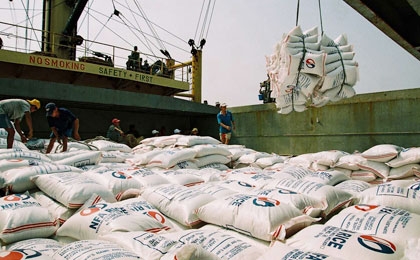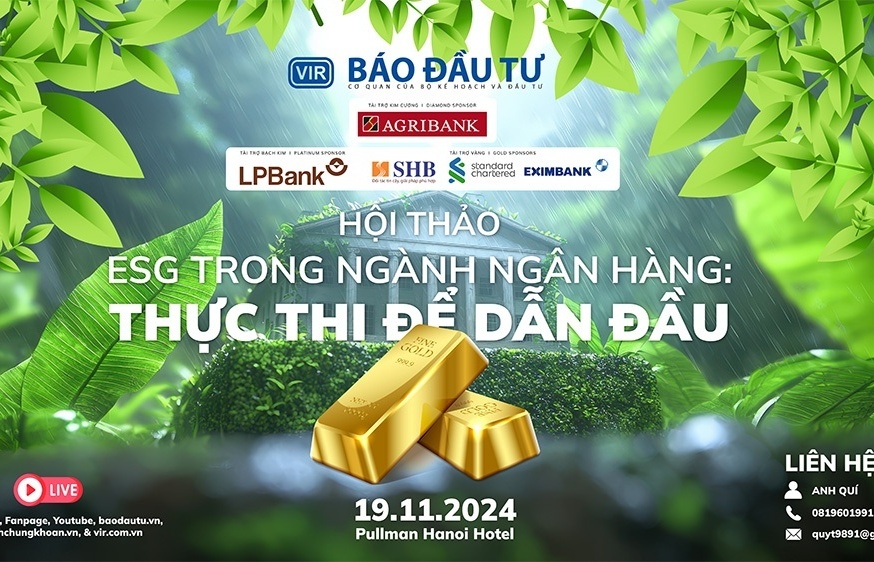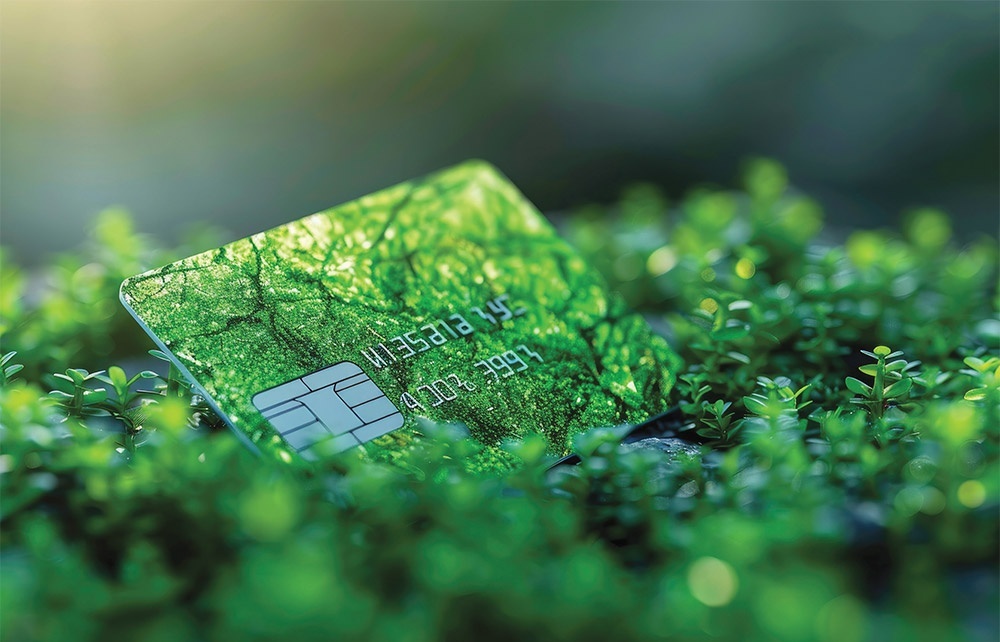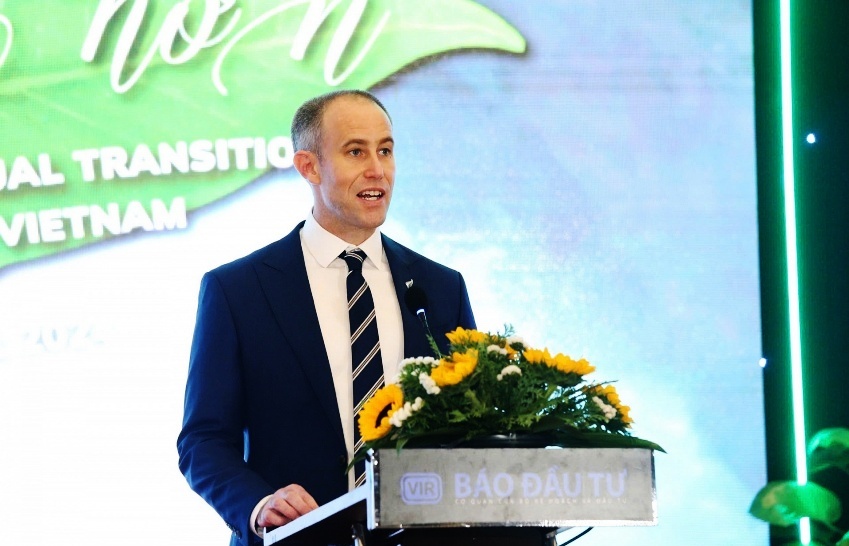HSBC: Vietnam in top 10 for long-term growth

illustration photo
In HSBC’s report “The World in 2050” which forecasts how the economic landscape will change over the next 40 years, HSBC projected the country’s annual growth at 5.2 per cent with its GDP rising to $451 billion by 2050.
According to HSBC, as the world’s second-largest exporter of rice, agricultural exports has always made a major part in Vietnam’s economy. However this is rapidly changing as the government moves to liberalise and diversify the economy.
While state-owned enterprises contribute 40 per cent of the country’s GDP, overseas investment has been increasing sharply since the country became part of the World Trade Organisation in 2007.
Vietnam’s low-cost manufacturing base has attracted a wave of foreign investors, particularly in the retail clothing and technology sectors, as an cheaper alternative to China.
Intel, the first international technology company to make a major investment in the country six years ago, has helped to raise Vietnam’s profile as an investment destination. A long list of companies including Samsung, Canon and Foxconn have followed, investing millions of dollars into developing manufacturing operations in the country.
Analysts say this is helping to lay the foundations for Vietnam to become Asia’s next big electronics manufacturing hub, said HSBC in its report.
What the stars mean:
★ Poor ★ ★ Promising ★★★ Good ★★★★ Very good ★★★★★ Exceptional
Latest News
More News
- VIR sustainable development conference opens in Hanoi (November 12, 2024 | 09:42)
- Taking the lead in dual transition for a greener Vietnam (November 11, 2024 | 17:00)
- Vietnamese consumers careful amid economic volatility (November 11, 2024 | 13:55)
- Quality must come first in chip mission (November 11, 2024 | 10:33)
- Vietnam's digital economy estimated to reach $36 billion in 2024 (November 07, 2024 | 13:52)
- Authorities looks to tackle influx of cheap foreign goods (November 07, 2024 | 10:44)
- Trump claims 'magnificent' victory over Harris (November 06, 2024 | 16:55)
- Trump on verge of victory over Harris (November 06, 2024 | 14:26)
- Hanoi unveils innovative tourism event to celebrate cultural heritage (November 06, 2024 | 13:36)
- FDI hits over $27 billion in first 10 months (November 06, 2024 | 13:24)

















 Mobile Version
Mobile Version